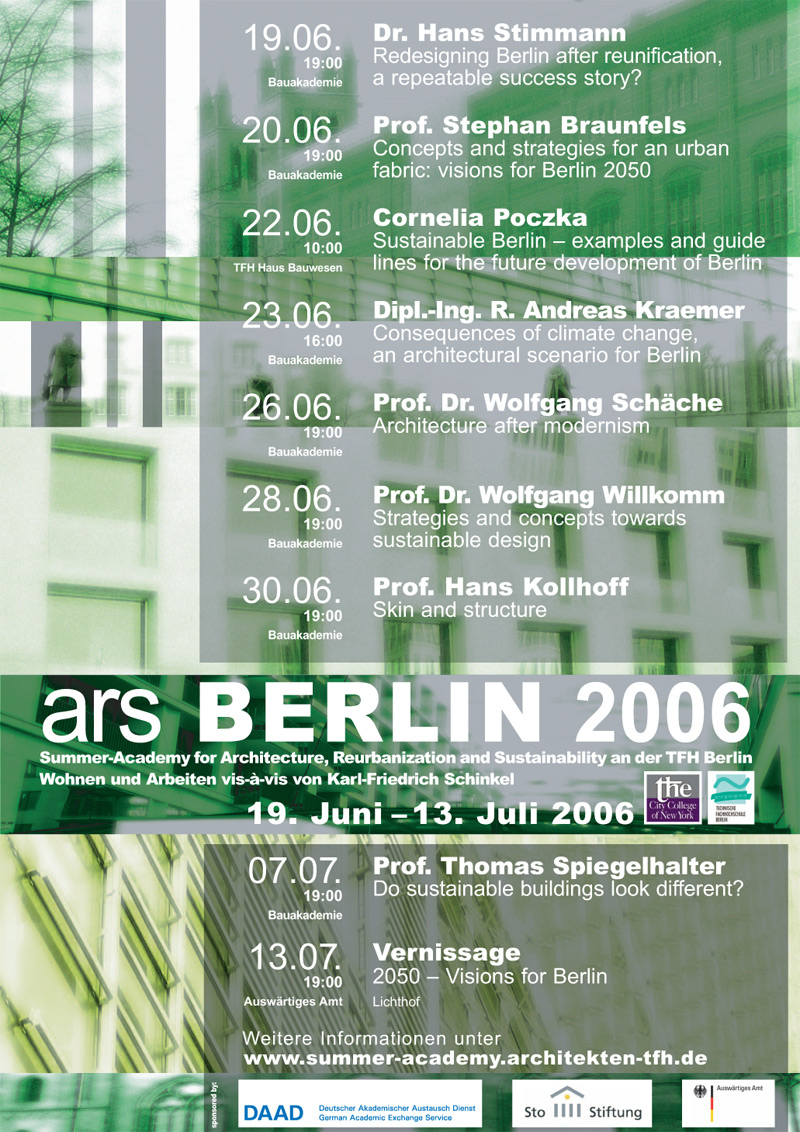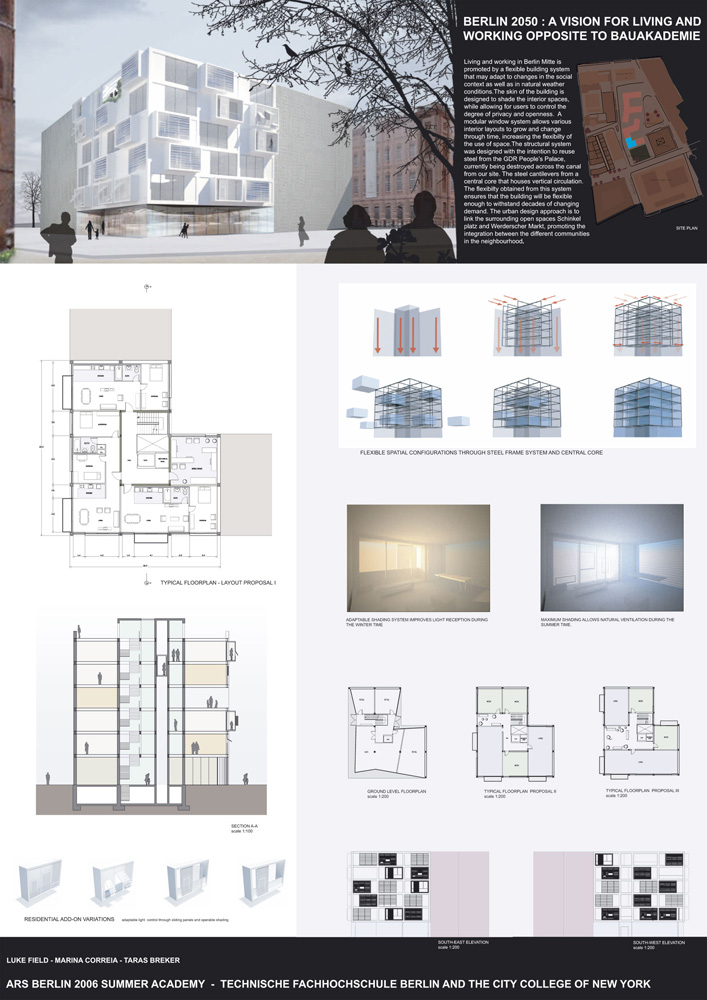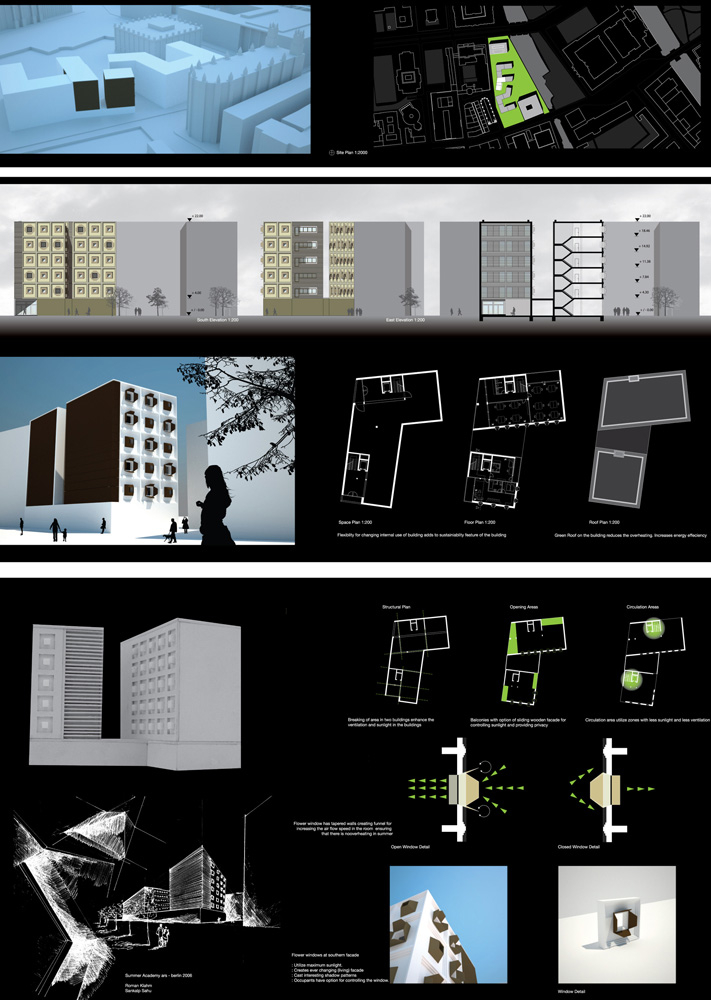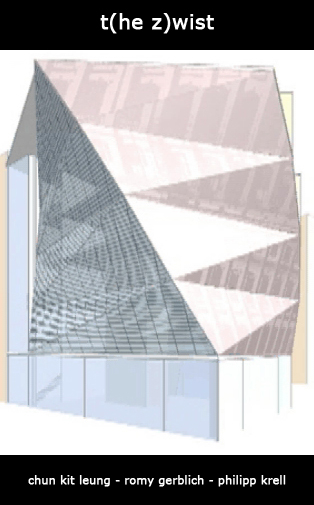Working and living opposite of Karl Friedrich Schinkel’s Bauakademie
This topic tackles the issues of tradition, transformation and sustainability.
The Bauakademie one of the most outstanding works of Karl Friedrich Schinkel was integrated in the urban block as a free standing building. This interpretation of the traditional urban block is already indicative for a legitimate architectural transformation adding a different layer of spatial qualities to the site and the area. This architectural operation allowed that the former Bauakademie was to be experienced as a building in a similar fashion as for example the baroque armory of Johann Arnold Nering or even Karl Friedrich Schinkel’s Alte Museum. Considering the idea of positioning a solitaire within the backdrop of a consistent urban fabric of the baroque city we face today a different challenge. Various building that shaped this area up to the date of the reunification have been removed to allow for a contemporary quarter next to the site of the former city castle. At present the Bauakademie is envisioned to be recreated operating as a platform contributing to the architectural discourse.
In particular we want to address specifically two different areas in more depth. For one we will investigate the formal challenges of the site. What kind of urban and architectural intervention will be suitable and appropriate to the opportunity such a site offers? What kind of fabric has be generated to define the new identity for the area? How much of the former urban fabric has to be redeveloped in order to guarantee spatial integrity? Is it recreating the existing context or is it recreating a context that transforms the elements of street, house and block into a modern rememberable setting beyond the drawbacks of fashion?
The other issue we like to address in depth will be an approach to sustainability not only on a functional, technical level but on the level of design. Building on limited resources is becoming a growing concern of today’s architecture. Designing a building to meet high standards of energy performance is not only a matter of the buildings mechanical equipment but should reflect in the buildings design.




